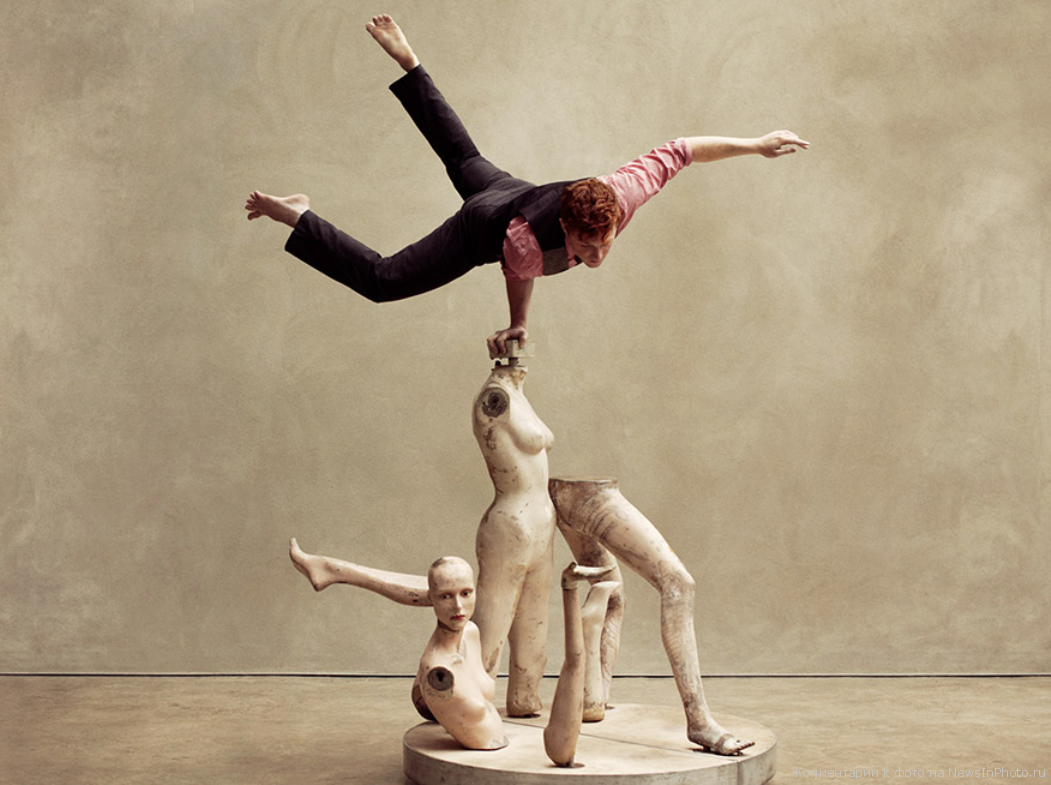The following post is an essay assignment for the second module of the inaugural DOCH online research course into contemporary circus.
Exploring the evolution, trends and focus of various forms of circus training, the assignment asked us to either analyse our own training experience, envisage an ‘ideal’ circus education programme, or reflect upon whether graduates from circus schools should automatically be called ‘circus artists’. This final category is the one I chose.
The term ‘circus artist’ is being used with increasing frequency amongst advocates of circus. In the UK, this seems to stem from a desire to legitimise the work in a cultural environment that has historically placed popular entertainment in a realm of low perceived value. To access funding, and audiences who are already versed in – and willing to pay to see – the languages of creative experimentation, those who have trained in circus techniques are more and more frequently taking on the label of artist, perhaps with little thought for what the term means.
At the end of this module, I found Tim Roberts’ perspective resonated strongly with my thinking: graduating from the National Centre for Circus Arts, he says, in itself, gives only the accolade ‘graduate’. Although students complete a programme that may allow them to become a ‘circus artist’, that will not be the outcome for everybody.
Particularly pertinent is the distinction Roberts draws between those who gravitate toward creating their own work, and those more inclined to interpret for others. Whilst the phrases ‘circus artist’ and ‘circus performer’ are now regularly used synonymously, I posit that there is a difference between the two based upon ownership of a communicative intent.
During my own education in theatre performance, I completed both an undergraduate Degree that provided me with tools to create work as an artist, and postgraduate drama school training, which equipped me with vocational tools to work in a capacity of craftsmanship instead. Having completed two distinct programmes, it is, perhaps, easier for me to recognise the different aspects of my performance career than it is for those who come out of circus schools where technique and artistry are combined in uncertain proportions.
In the other performance fields of dance, acting, and musicianship, there is a more commonly accepted understanding of what constitutes an ‘artist’, based upon visionary creation. A dancer is a dancer, and may additionally by an artist, or not, depending upon the way their dance skills are used. Likewise an actor, likewise a musician. Circus performers do not have a neat one-word moniker as yet but, in the same vein, may or may not be artists, depending on the manner in which their skills are brought to public attention.
A 2012 Doctoral thesis by Lindsay Stephens suggests that circus performers tend to consider artistry as being at the opposite end of a scale from jobs of work, citing economic factors as the driving difference between art and non-art. I would argue that, rather than the financial element, that driving factor is instead the lack of creative control that comes from having to produce material to meet the demands of someone external. When one is, to borrow Tim Roberts’ phrase, merely an ‘interpreter’ of someone else’s vision, you are using your craft, but not your artistic capabilities.
When I suggested there might be a difference between a ‘performer’ and an ‘artist’ to circus researcher Kate Holmes, her initial reaction was based upon hierarchical connotations which set ‘artist’ above ‘performer’ in a social pecking order. (I wonder if this is a mindset peculiar to the British entertainment sector or if it is more widespread.) Nevertheless, she was also able to conclude that, for actors and circus performers alike, to qualify as an ‘artist’, something new and unique must be bought to the table. A certificate from a training establishment is not enough.
See more essays from the course here.





Very interesting essay!
After reading this I agree with you that one way to distinguish an artist from a performer from who had the vision and idea of the work. But unlike other arts, in circus (at least up until now) it looked from my point of view that the artist and performer was almost always the same person or group, because the skills where so unique that it might be difficult for someone else to create or direct their work? But in these days when circus training, knowledge and skills are more widespread it might be room for more “roles” as performer, artist, director and so on?
That’s a good observation, thanks Ellinor!